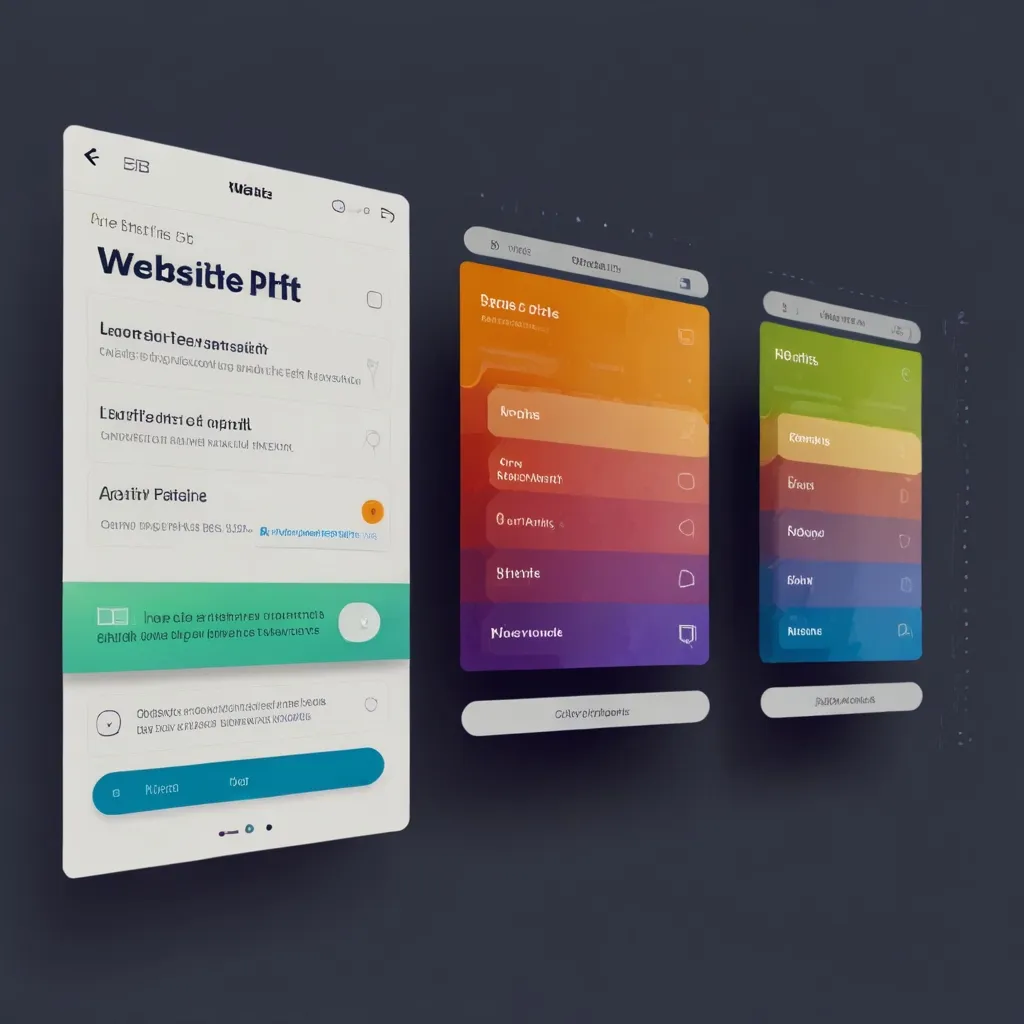Event-Driven Architecture (EDA) represents a pivotal approach in modern web application development, where systems react to changes through events rather than direct coupling. As a developer with extensive experience implementing EDAs, I’ve found this architectural style particularly effective for building scalable and maintainable applications.
The foundation of EDA lies in its ability to decouple components through event-based communication. Events represent significant changes or occurrences within a system, while event producers and consumers operate independently. This independence enables systems to evolve more freely and scale effectively.
A practical example of EDA implementation starts with defining clear event structures. In JavaScript, we might create an event like this:
class OrderEvent {
constructor(orderId, status, timestamp) {
this.orderId = orderId;
this.status = status;
this.timestamp = timestamp;
this.type = 'ORDER_STATUS_CHANGED';
}
}
The event bus serves as the central nervous system of an event-driven application. Here’s a simple implementation:
class EventBus {
constructor() {
this.subscribers = new Map();
}
subscribe(eventType, callback) {
if (!this.subscribers.has(eventType)) {
this.subscribers.set(eventType, []);
}
this.subscribers.get(eventType).push(callback);
}
publish(event) {
if (this.subscribers.has(event.type)) {
this.subscribers.get(event.type).forEach(callback => callback(event));
}
}
}
In real-world applications, we often need to handle complex event flows. The Observer pattern proves invaluable here. Consider this implementation in TypeScript:
interface EventListener {
update(event: Event): void;
}
class OrderProcessor implements EventListener {
update(event: OrderEvent) {
if (event.status === 'COMPLETED') {
this.processOrderCompletion(event.orderId);
}
}
private processOrderCompletion(orderId: string) {
// Implementation details
}
}
Event sourcing is another crucial pattern in EDA. It involves storing all state changes as a sequence of events. Here’s a basic implementation:
class EventStore {
private events: Event[] = [];
append(event: Event): void {
this.events.push(event);
}
getEvents(aggregateId: string): Event[] {
return this.events.filter(e => e.aggregateId === aggregateId);
}
replay(aggregateId: string): any {
return this.getEvents(aggregateId).reduce((state, event) => {
return this.applyEvent(state, event);
}, {});
}
private applyEvent(state: any, event: Event): any {
// Event application logic
}
}
When implementing EDA in distributed systems, message queues become essential. Here’s an example using RabbitMQ:
const amqp = require('amqplib');
async function setupMessageQueue() {
const connection = await amqp.connect('amqp://localhost');
const channel = await connection.createChannel();
await channel.assertQueue('order_events', {
durable: true
});
channel.consume('order_events', msg => {
const event = JSON.parse(msg.content.toString());
processEvent(event);
channel.ack(msg);
});
}
Error handling in EDA requires special attention. I’ve found the Circuit Breaker pattern particularly useful:
class CircuitBreaker {
private failures = 0;
private lastFailure: number = 0;
private readonly threshold = 5;
private readonly timeout = 60000;
async execute(operation: () => Promise<any>): Promise<any> {
if (this.isOpen()) {
throw new Error('Circuit breaker is open');
}
try {
const result = await operation();
this.reset();
return result;
} catch (error) {
this.recordFailure();
throw error;
}
}
private isOpen(): boolean {
if (this.failures >= this.threshold) {
const timePassedSinceLastFailure = Date.now() - this.lastFailure;
return timePassedSinceLastFailure < this.timeout;
}
return false;
}
private recordFailure(): void {
this.failures++;
this.lastFailure = Date.now();
}
private reset(): void {
this.failures = 0;
}
}
Event validation and schema enforcement are crucial for maintaining system integrity. Consider using JSON Schema:
const eventSchema = {
type: 'object',
properties: {
type: { type: 'string' },
payload: {
type: 'object',
properties: {
orderId: { type: 'string' },
status: { type: 'string' },
timestamp: { type: 'number' }
},
required: ['orderId', 'status', 'timestamp']
}
},
required: ['type', 'payload']
};
function validateEvent(event: any): boolean {
const validate = ajv.compile(eventSchema);
return validate(event);
}
Testing event-driven systems requires specialized approaches. Here’s an example using Jest:
describe('OrderProcessor', () => {
let eventBus: EventBus;
let orderProcessor: OrderProcessor;
beforeEach(() => {
eventBus = new EventBus();
orderProcessor = new OrderProcessor();
eventBus.subscribe('ORDER_STATUS_CHANGED', orderProcessor.update.bind(orderProcessor));
});
test('should process completed order', () => {
const event = new OrderEvent('123', 'COMPLETED', Date.now());
eventBus.publish(event);
// Assert expected behavior
});
});
Monitoring and debugging event-driven systems can be complex. Implementing proper logging is essential:
class EventLogger {
log(event: Event) {
console.log({
timestamp: new Date().toISOString(),
eventType: event.type,
payload: event.payload,
correlationId: event.correlationId
});
}
}
// Middleware approach
function eventLoggingMiddleware(event: Event, next: Function) {
const logger = new EventLogger();
logger.log(event);
next(event);
}
Performance optimization in EDA often involves event batching:
class EventBatcher {
private batch: Event[] = [];
private readonly batchSize: number = 100;
private readonly flushInterval: number = 5000;
constructor(private eventProcessor: EventProcessor) {
setInterval(() => this.flush(), this.flushInterval);
}
addEvent(event: Event): void {
this.batch.push(event);
if (this.batch.length >= this.batchSize) {
this.flush();
}
}
private flush(): void {
if (this.batch.length > 0) {
this.eventProcessor.processBatch(this.batch);
this.batch = [];
}
}
}
Event versioning and migration strategies are crucial for system evolution:
class EventUpgrader {
private upgraders = new Map<string, (event: any) => any>();
register(eventType: string, version: number, upgrader: (event: any) => any) {
this.upgraders.set(`${eventType}_${version}`, upgrader);
}
upgrade(event: any): any {
const upgrader = this.upgraders.get(`${event.type}_${event.version}`);
return upgrader ? upgrader(event) : event;
}
}
The success of an event-driven architecture largely depends on proper event design. Events should be immutable, self-contained, and carry sufficient context. They should represent past occurrences and use consistent naming conventions.
Security considerations in EDA include event encryption, access control, and audit logging. Implementing proper authentication and authorization for event publishers and subscribers is crucial.
Event-driven architectures excel in scenarios requiring real-time updates, complex workflows, and system integration. However, they introduce complexity in testing, debugging, and maintaining data consistency. Careful consideration of these trade-offs is essential for successful implementation.
Through my experience, I’ve found that starting small and gradually expanding the event-driven aspects of an application leads to better outcomes. Begin with well-defined bounded contexts and clear event contracts, then scale as needed.
The future of EDA looks promising with the rise of serverless computing and microservices. These architectural patterns complement each other well, enabling highly scalable and responsive systems. As we move forward, standardization of event schemas and improved tooling will likely make EDA even more accessible to developers.
Remember that successful implementation of EDA requires a mindset shift from traditional request-response patterns to thinking in terms of events and reactions. This change often takes time but yields significant benefits in terms of system flexibility and scalability.






